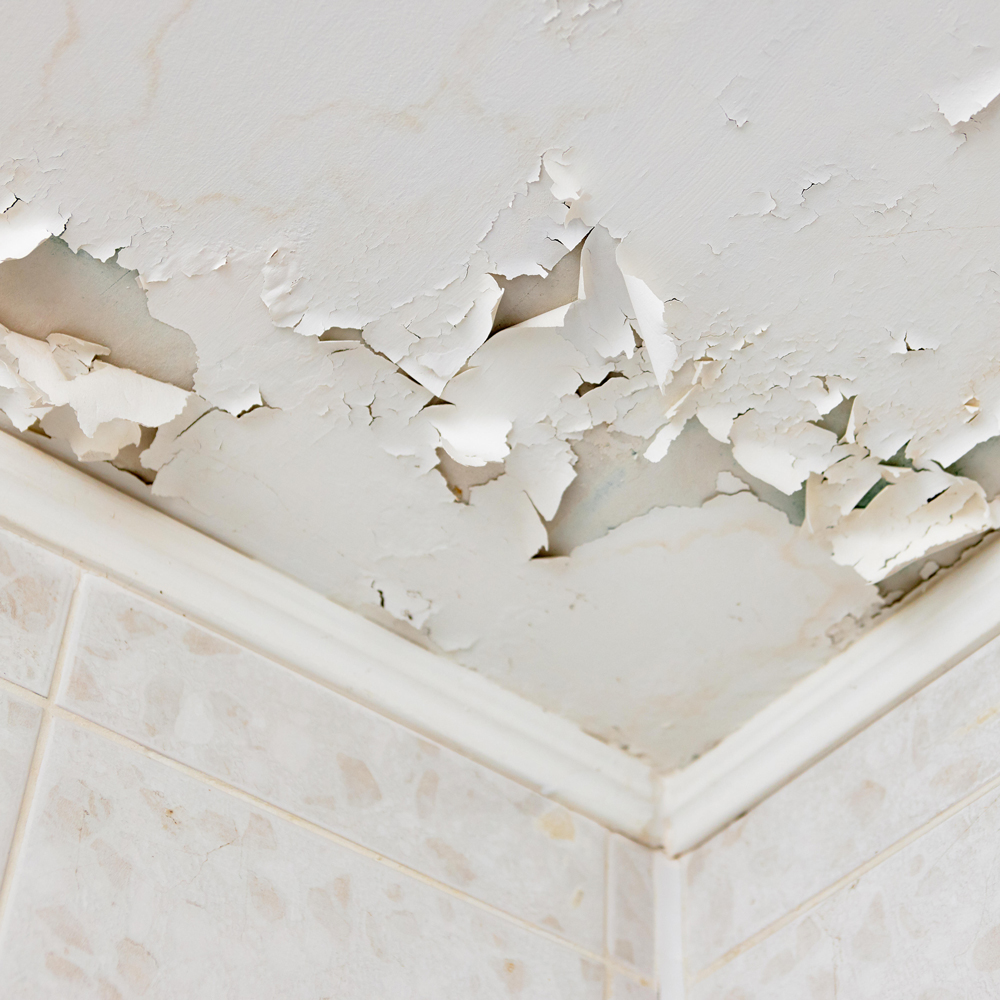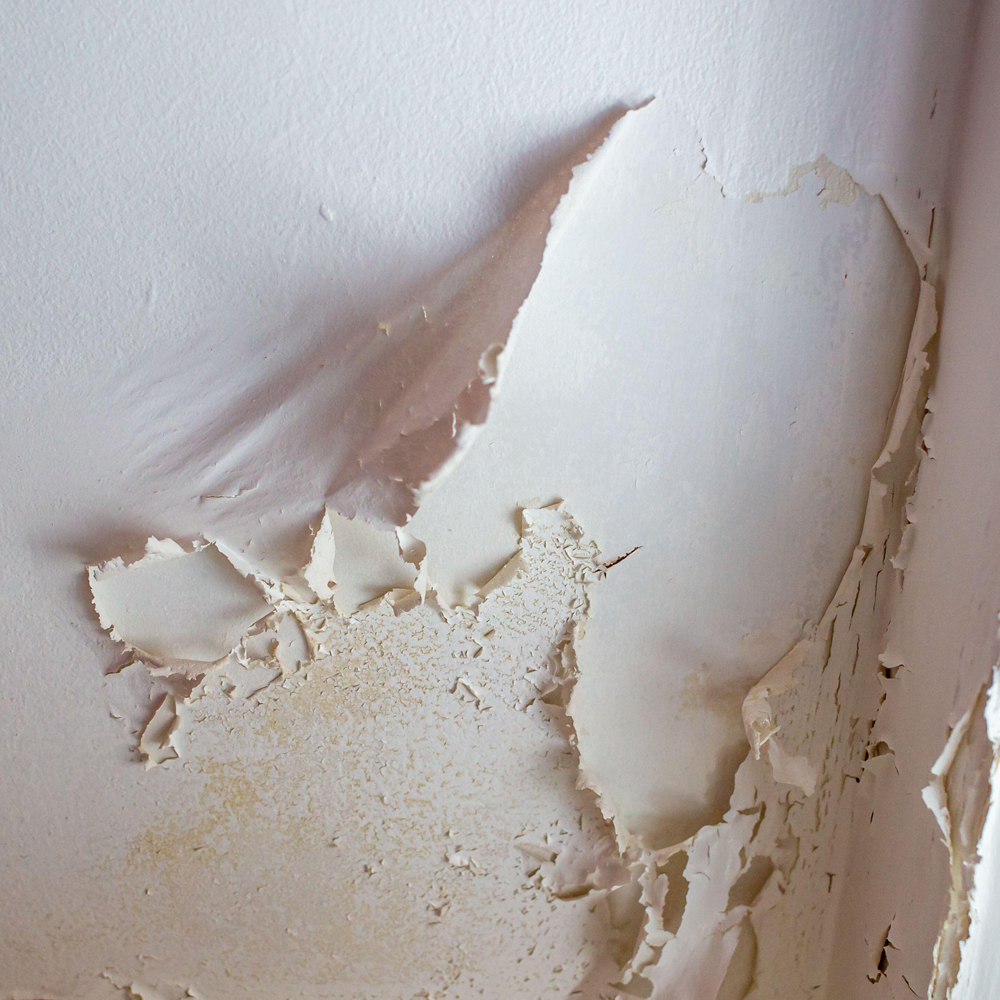Peeling paint is the most common problem in winter homes – expert gives his top tips to tackle it
Don't let peeling paint cramp your style this autumn; prevent and fix the problem with these expert tips
After enduring an exceptionally wet summer, which has brought damp and flooding to many homes, you may be noticing peeling paint on your walls. Peeling paint is most common in bathrooms, but very humid conditions may contribute to peeling in other areas of your home, including conservatories and even bedrooms.
Peeling paint is one of the most common paint problems found in UK homes and is becoming more so. In fact, according to recent data*, online searches for peeling paint have increased by an astonishing 675 per cent over the past year – a testament to how changing weather patterns are affecting our homes. It is usually easily prevented or fixed, although in some cases it may indicate that something's awry with your home's plumbing. Use these expert tips to identify the source of the problems and decide on an appropriate course of action.
Identify the reason for the peeling
First of all, if you've notice peeling paint in your home, you should 'figure out what the source of the problem is', says Adam Leech, Owner of Showers Direct. If the problem is in your bathroom, or anywhere near a radiator, 'there could be water damage'. Obviously, this will also be the reason if your home has suffered flooding.

If water damage and leaks have been ruled out, 'you may be using paint that doesn't adhere well to surfaces', or the paint job wasn't well done. Adam's top tip is to 'use the best quality paint you can afford and always use a primer before painting. Let paint dry completely before painting another coat, and keep the surfaces as dry as possible.'
Sometimes a bad paint job conceals worse sins, especially in older homes; this may include 'plaster peeling off or cracked walls', in which case these will need to be fixed before repainting.
Touching up peeling paint
Don't delay touching up any paint that's already peeling, Adam advises. Start by scraping off 'as much loose paint as you can with a putty knife. Be sure to scrape along the side and top of the peeling paint because it will often come off in an uneven pattern.' Next, 'sand down any rough areas until the surface is smooth and free of any remaining loose paint. Once you've done this, you can apply another coat of paint using a brush or roller.'

If the peeling is accompanied by flaking off the wall, 'use an abrasive scouring pad or an old toothbrush with baby powder to remove loose paint.' Fixing isolated areas of peeling paint is not difficult – but if you have multiple areas, then most likely you'll need to strip off the paint and redo the whole wall to prevent further peeling.
Sign up to our newsletter for style inspiration, real homes, project and garden advice and shopping know-how
* Google Trends data analysed by OnlineMortgageAdvisor.co.uk
Anna Cottrell is Consumer Editor across Future's home brands. She moved to the world of interiors from academic research in the field of English Literature and photography. She is the author of London Writing of the 1930s and has a passion for contemporary home decor and gardening.